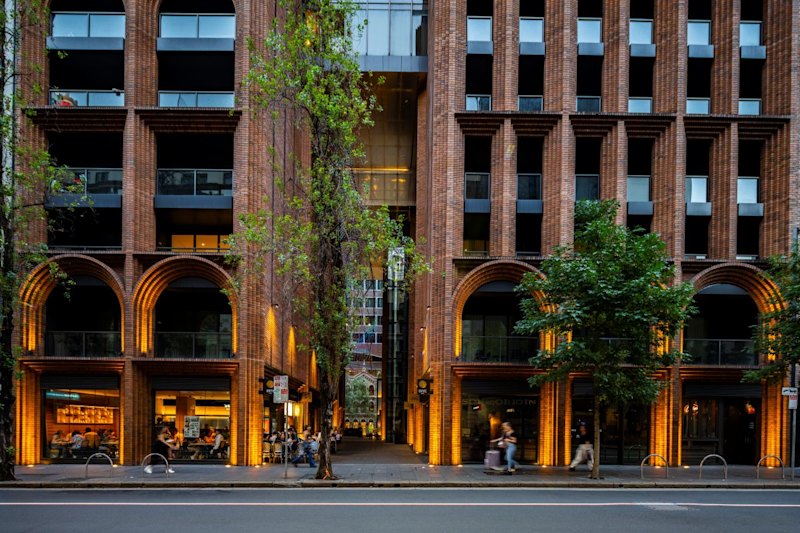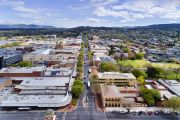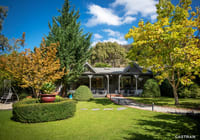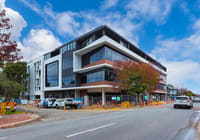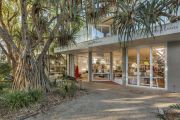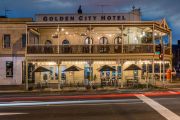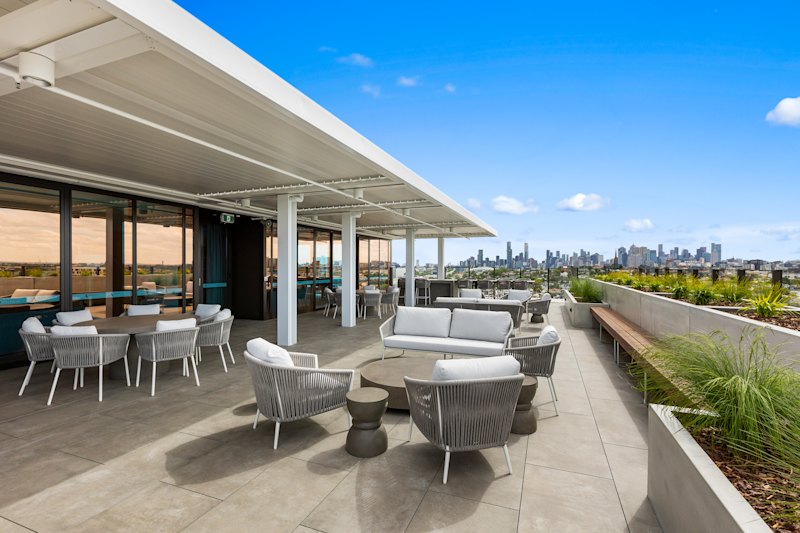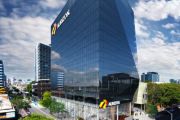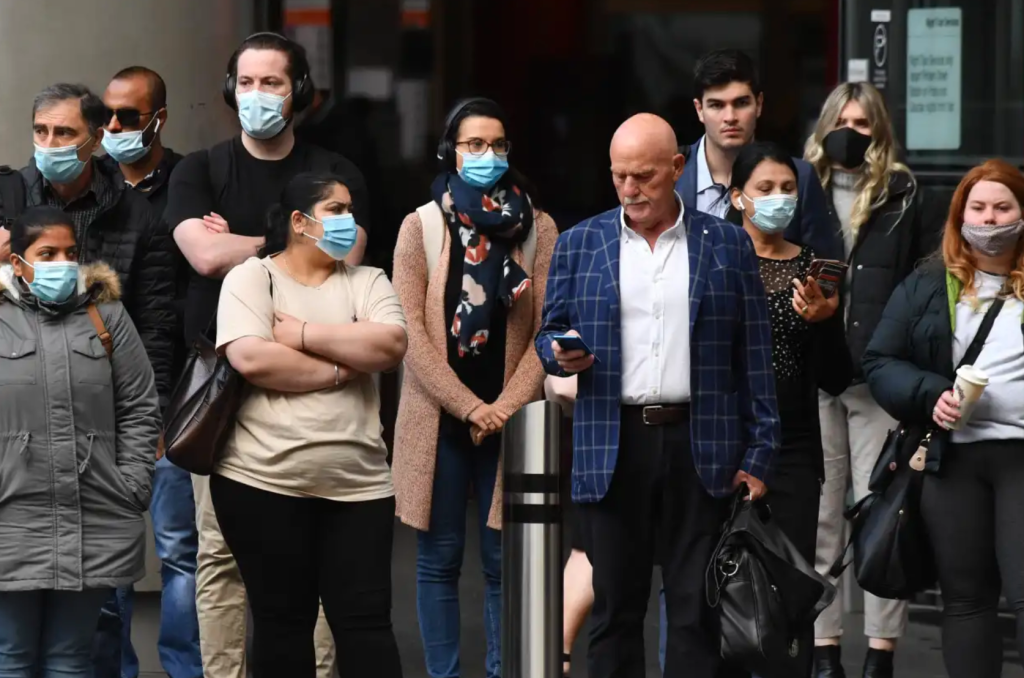
Sublease retreat signals better days for office market
The availability of sublease space in the national office market fell 2 per cent over the 2021 first quarter, in an early sign that the broader economic rebound will eventually filter through to CBD office real estate.
Sublease space soared to record highs as businesses contracted during COVID-19, putting unwanted space into the market, while the work-from-home trend raised the prospect of a structural shift in demand for traditional workplaces.
But fresh sublease additions have begun levelling out from previous peaks in all markets, according to CBRE’s latest barometer of sublease space, a key indicator of the strength of office markets.
While sublease availability remained high in the first quarter, particularly in Melbourne and Sydney, Adelaide recorded the largest fall of 24 per cent, followed by Sydney with 6.5 per cent. However sublease availability has expanded in Brisbane by 11.6 per cent, in Perth by 3.4 per cent and in Melbourne by 0.5 per cent.
To some degree, the first signs of declining sublease availability reflect the tentativeness of major corporates and organisation to lock in a sub-tenant as the recovery from the pandemic takes root. Another factor, CBRE, noted, is that more sublease space will be withdrawn as employees return to offices.
Mark Curtain, CBRE’s head of office leasing for Pacific, noted that several large sublease transactions were pending and that he expects the sublease market to peak in 2021 and then gradually reduce to pre-pandemic levels.
“The challenge of future workplace occupancy remains on the agenda, with the emerging trend in hybrid workplace models, a trend that will see occupiers’ future real estate portfolios defined by flexibility, in terms of workplace format as well as lease terms,” he said.
“An increase in desk ratios could also have a positive effect on sublease withdrawals as occupiers readjust their use of office space and initial expectations of space reductions are diminished.”
The CBRE analysis shows that while business contraction remains the primary driver for sublease across all CBD markets, relocation and consolidation have accounted for an increasing proportion of the space available.
Softening demand has flowed through to falling rents, with peak-to-trough falls in rents of about 20 per cent widely expected for Sydney and Melbourne. CBRE itself is forecasting a return to growth in net effective rents – which factors in the value of incentives such as fitouts or rent-free periods – in most capitals by next year.
Citi analysts however have taken a more cautious approach after analysing down cycles in the office markets. The evidence from those past cycles indicates that the second year of a cycle is typically worse than the first and that higher vacancy typically coincides with or precedes significant rent declines, the analysts wrote in a note to clients.
“Market rents continued their decline in 1Q21, driven by higher incentives and increased vacancy (more than double pre-COVID levels).
“While anecdotal evidence suggests a pickup in leasing enquiries, we believe that the weaker cyclical fundamentals are yet to be completely reflected in portfolio rents for landlords, with longer term impacts from flexible working also yet to play out,” they wrote.


